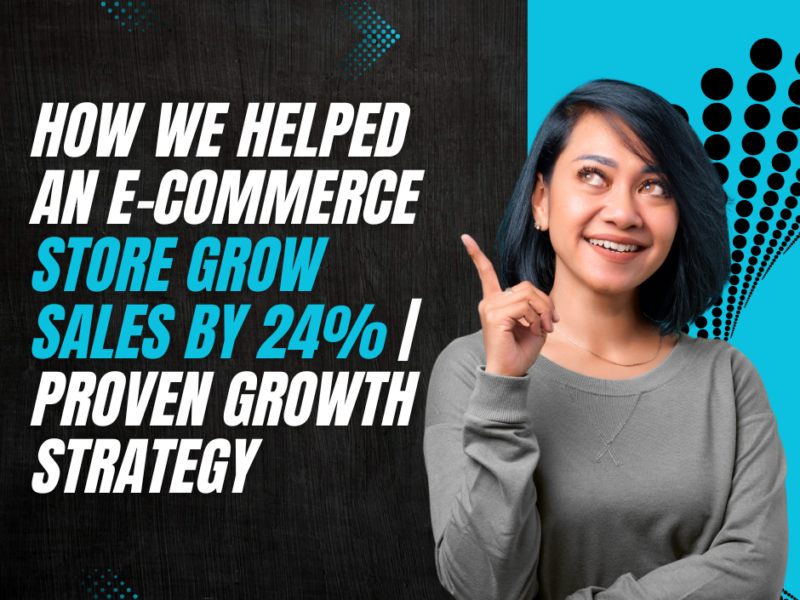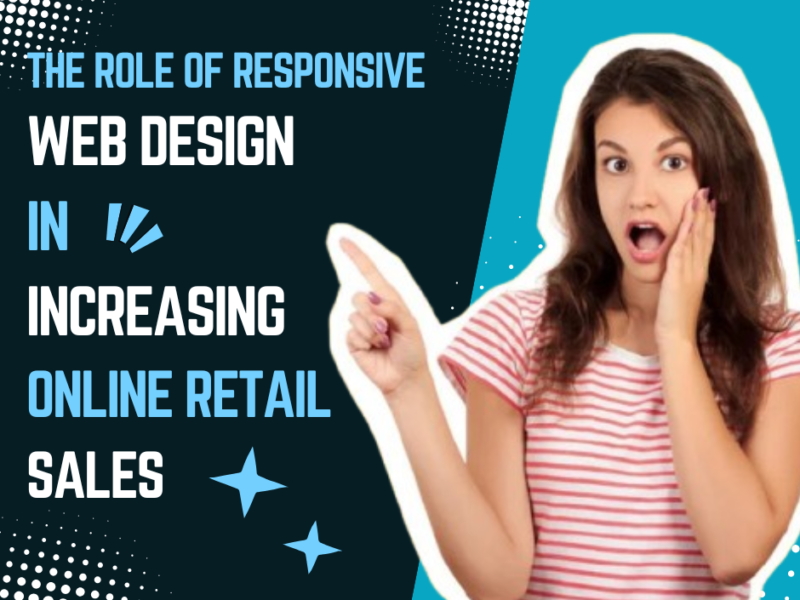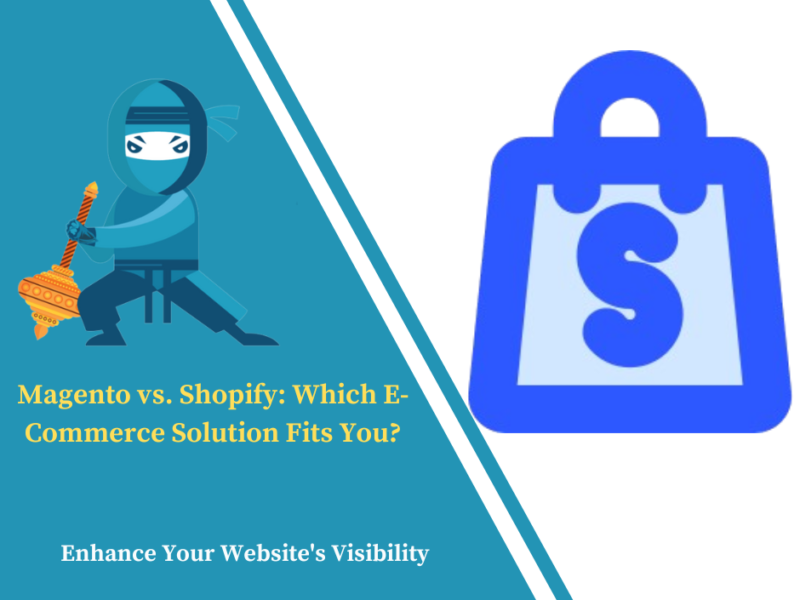
Days
Hours
Minutes
Seconds
Your Deal is Expired
|
|

Edit Content

As a leading online marketing company, always focuses on changing and improving businesses and their outcome.
Where to find us
- SN-3, First floor, ratauli road, near Town park, Bank Colony
- herry@hanuitsolutions.com
- +917082069620
Working Hours
- Mon-Sat : 9:00am - 6:00pm
- Sunday - Closed
Get In Touch
Facebook-square
Instagram
Linkedin
Tag: E-commerce

Discover how a data-driven strategy helped an e-commerce store achieve 24% sales growth through SEO,...

What Are the Biggest Benefits of Blockchain for E-Commerce in 2025?
Blockchain for E-Commerce: Blockchain...

The Role of Responsive Web Design in Increasing Online Retail Sales
In today’s digital age, online...

Why Website Design and Development Services Are Vital for Success
In today’s digital age, website...

How to Get a Website for My Business Without the Stress
Website for your business is no longer optional;...

Monetize Your Blog with E-Commerce: Selling Products and Services
Blogging has become one of the most...

WordPress vs. Webflow: Which Platform Offers Better Design Flexibility?
In the world of website creation,...

WordPress vs. Joomla: Which CMS is Best for Your Website?
Choosing the right Content Management System...
No posts found

